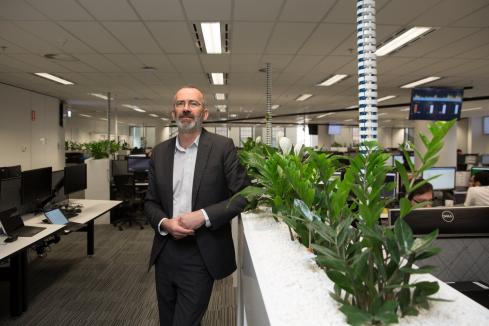

I.T. has come a long way since the days of merely providing a computer, mouse, and keyboard to its employees. Technology is now fundamental to the operation of any business. Its success will be determined by the availability of its essential applications and systems.
The ability to communicate, collaborate and share information in real-time should never be taken for granted. Unfortunately, this is a lesson that many learn the hard way when the inevitable moment arrives. But, the unavailability of core systems causes not only reputational damage but also a long-term loss of revenue.
The creation of a disaster recovery plan is a step in the right direction towards I.T. resilience. However, it will be worthless if you do not test your business continuity strategy. Without testing, you have no benchmark to determine if your plan is workable or if it will reach the service level agreements (SLA).
Without stress testing your disaster recovery strategy, it is impossible to discover unexpected flaws or surprises and amend accordingly. A plan that works in theory, is one thing, but wouldn't you want to be sure it works in practice too?
Change is the new currency in business, and we seldom stop to look back at just how much the workplace has evolved in a short space of time. Staff rarely consider the impact of how every change could affect a disaster recovery plan that is mentioned in a meeting every 18 months.
Over the last few years, much of the corporate landscape has become virtualised, digitised or migrated to the cloud and far away from in-house data centres. How much of this new configuration is missing from your current disaster plan? Chances are, the results of this neglect will come back to haunt you when you least expect it.
As new projects, solutions and applications are implemented over time; organisations will also experience significant data growth. These also need to be tested and added to your strategy and updated at frequent intervals to ensure that nothing gets left behind.
For example, a software application will continue to change and grow throughout the year. As time progresses, the risk of failure increases. Before any significant changes are made to the infrastructure, many recovery plans will need to be tested or even rewritten.
Testing a disaster recovery plan is a critical requirement to ensure that every change that is approved will result in a minimal impact on users and customers. Traditional recovery processes are heavily reliant on the knowledge of individuals who may not be available when disruption occurs.
Equally, restoring critical applications can be a manual effort that takes hours or days to complete. Testing the failover and failback functionality used to be a time-consuming process that involved coordinating efforts across various I.T. teams outside of business hours or even on weekends. Thankfully, times have changed.
It's time to walk away from being a reactive I.T. department that is continuously firefighting issues. Adopting a proactive mindset, where problems are prevented before they occur is the first step to an entirely new way of working that is fit for a digital age.
The ability to orchestrate and automate a disaster recovery plan as well as successfully test it on a frequent basis is now a crucial requirement for any business. However, simplicity through automation makes it something to embrace rather than fear.
Cloud-based disaster recovery enables rapid recovery of your I.T. infrastructure and data within minutes rather than days. From an I.T. perspective, it's an opportunity to move away from wasting countless hours reacting to issues and get back to driving the business forward with projects that deliver tangible results.
The rise of Disaster Recovery as a Service (DRaaS) is relieving the burden of more work from already overstretched I.T. teams. The role of automated recovery assurance technology can also pave the way to retire legacy mindsets and encourage users to think beyond recovery and focus on ensuring business continuity.












